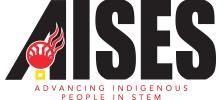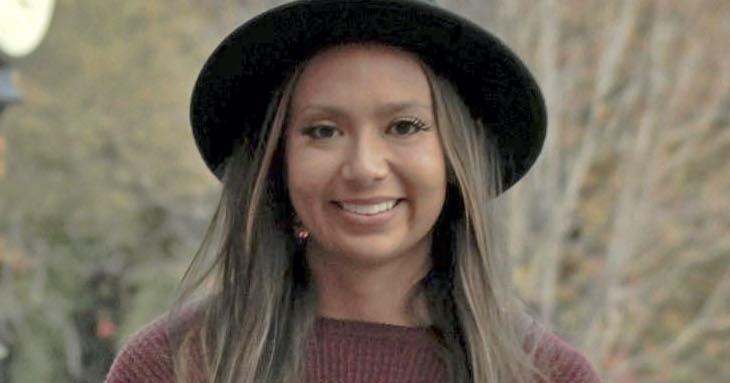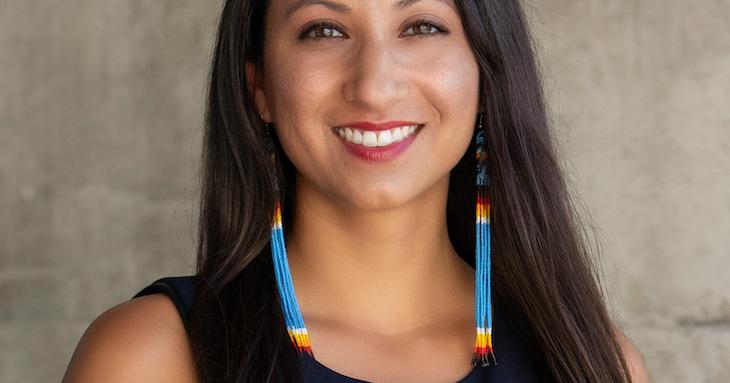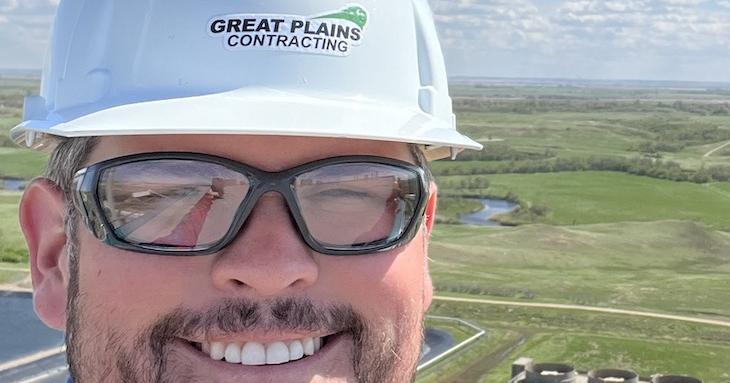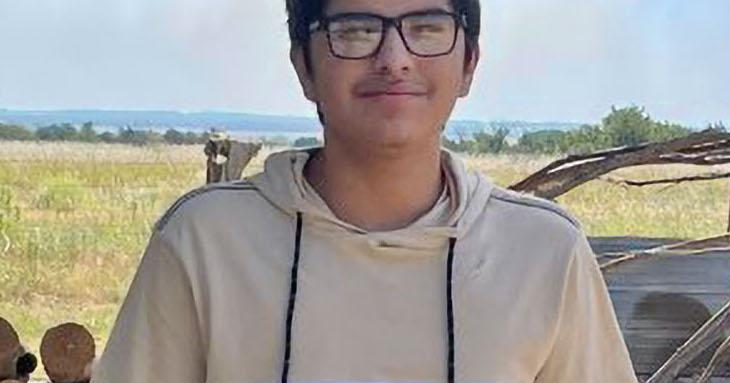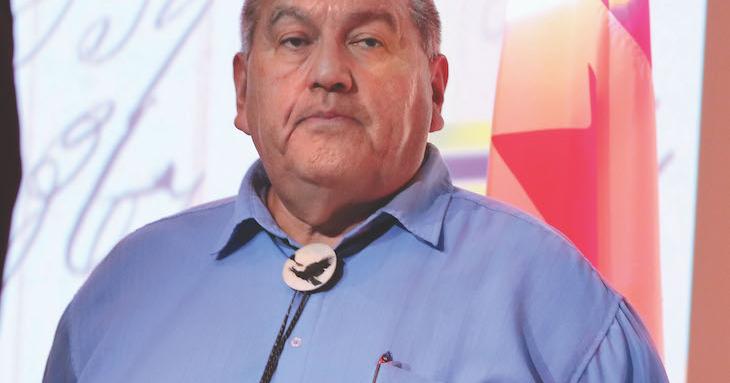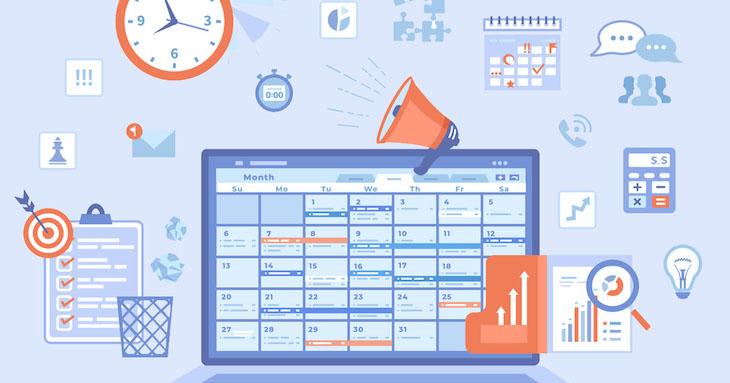-
Madison Whitekiller | Cherokee Nation | University of Oklahoma–Tulsa School of Community Medicine
Mdison Whitekiller became a “nurse” at the age of 10. Her mother had been diagnosed with breast cancer, and Whitekiller took care of her as best she could. Looking back, Whitekiller believes this experience greatly influenced her desire to pursue medicine. Now, as she starts medical school at the University of Oklahoma–Tulsa School of Community Medicine, she is well on her way to becoming a doctor and helping not only her mother but the larger Native community.
-
Blocking out the Noise: How to Prevail in a Negative Workplace
A negative workplace can be one of the most challenging aspects of your professional career. Whether the negativity comes from colleagues, your manager, or the overall workplace culture, it can make every day a drag. So how can you prevail against all the negativity? Here are few tips to help you focus on yourself and your work — and not the negativity.
Break the Chain -
Dr. Lydia Jennings| Pascua Yaqui Nation | University of Arizona
Connecting the dots among tribal lands, government agencies, and entities interested in tribal land resources is at the heart of what drives Dr. Lydia Jennings. In 2020 she completed her PhD in soil microbiology with a minor in American Indian policy at the University of Arizona. Dr. Jennings, Pascua Yaqui, is currently pursuing a post-doctoral fellowship in community, environment, and policy at the university’s College of Public Health.
-
John Desjarlais | Cree-Métis | Great Plains Contracting
How does it work? For John Desjarlais, that question led him to a concentration in mechanical engineering at the University of Saskatchewan. Still, he didn’t come to that decision until several years after high school, so he was 31 by the time he completed his first degree. Desjarlais, Cree-Métis, had already earned a certificate in radiation environmental monitoring and worked professionally. But his childhood interest in the physical world and how things move — how they work — coupled with his enjoyment of math and physics, brought him back to mechanical engineering.
-
Solomon Vargas Jr. | Cheyenne and Arapaho, Lakota Sioux | University of Central Oklahoma
People who grow up in a strong family that’s grounded in tradition are doubly fortunate, and Solomon Vargas Jr. knows how lucky he is. “I am blessed to come from a big family who take part in our traditional ways,” he says. He grew up in Canton, a small community — population 464 — in northwestern Oklahoma, where his family owns three houses next to each other on their tribal land. “My late great-grandmother Ida Lena Nibbs Williams and the late Kenneth Williams raised 13 kids and held many ceremonial sweats and peyote meetings at our family homeplace for many years,” Vargas explains.
-
Dr. Artley Skenandore | Oneida Nation | Oneida High School
Three words. The question Oneida High School Principal Artley Skenandore asks his students has just three words: “What’s your goal?” When new teens come to his school, he puts his question to each of them. If one replies, “I don’t have one” or “My goal is to graduate,” Skenandore says his usual comeback is “We’re going to work on that because that’s not a goal. That’s a stop along the way.”
-
Mastering Time Management
Time management. It sounds simple, but as a busy college student, it may not be easy to put it into practice. Between studying, going to class, extracurriculars, working, and trying to connect with other students, it often seems as if there isn’t enough time in the day. Don’t let poor time management overwhelm you or keep you from making the most of your college experience. Here are a few tips to help you master time management.
Use a Planner -
How to Prepare for the AISES National Conference
Are you ready for this year’s AISES National Conference? From October 6–8, 2022, you’ll have the opportunity to join Indigenous STEM professionals and students from all across the United States and Canada. Over the course of the three days, you’ll have plenty of opportunities to connect with other professionals, learn new information that you can use in your own career, and discover the many opportunities and programs being offered through AISES. With so much to see and do, here are a few ways to help you prepare for the conference.
Prepare in Advance -
How to Prepare for the AISES National Conference
The AISES National Conference is just around the corner! From October 6–8, 2022, you’ll have the opportunity to join Indigenous STEM professionals and students from all across the United States and Canada. The three days are jam-packed with plenty of opportunities to network and learn about work being done by fellow students. With so much going on, it might seem overwhelming, so here are a few ways to help you prepare for the conference.
-
Mastering Time Management
Are you someone who always feels like there aren’t enough hours in the workday? Do you find that when the end of the day rolls around you haven’t accomplished anything you set out to? Some of these feelings may be due to poor time management. Whether you’ve been working for one year or 20, every professional needs to make the most of their day. Here are some ways to master time management.
Find Time Wasters

